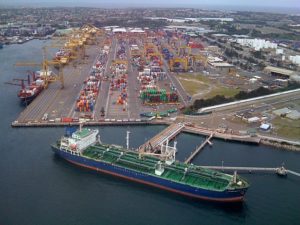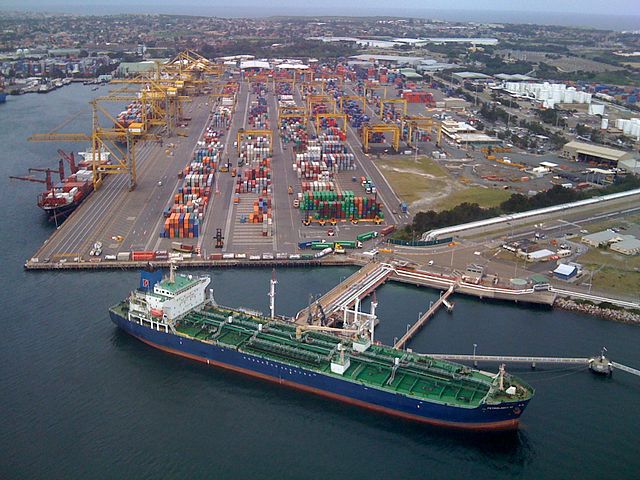 First-half 2016 financial results from a handful of major carriers indicate that revenue is down by 18% on average, and this may foreshadow a full-year revenue shrinkage by about US$29 billion against 2015, according to a new analysis by Drewry.
First-half 2016 financial results from a handful of major carriers indicate that revenue is down by 18% on average, and this may foreshadow a full-year revenue shrinkage by about US$29 billion against 2015, according to a new analysis by Drewry.
This decline, which would be below the level seen during the industry’s nadir of 2009, would place carriers under even more enormous pressure to cut costs and drive the latest round of merger and acquisition (M&A) activity, it added.
Unlike in 2009 when the cost base was far higher and collective operating loss reached about $19 billion, shipping lines are now more cost-effective. Despite this, the industry will still probably lose at least $5 billion this year, according to forecasts from Drewry’s Container Forecaster.
“With carriers waving goodbye to likely more than $50 billion of sales in two years since 2014—in 2009 the sales reduction was about $66b in just one year—it should be no surprise that most of the big players are losing money and that some are close to the financial abyss, or that a number of lines are merging in order to better prepare for such hard times,” said the global maritime consultant.
After years of M&A inactivity, the container market has seen a flurry of M&A deals recently involving the Chinese state carriers Cosco and China Shipping, French carrier CMA CGM buying NOL/APL, and Germany’s Hapag-Lloyd merging with Arab line UASC. On top of all that, carriers have developed bigger alliances to pool their resources and try to find more cost savings. All of these moves are defensive strategies forced upon carriers by the weak state of the market.
The latest results indicate that the second quarter was harder on carriers than expected with operating margins falling to the lowest point since the first-quarter 2012. While still generally negative, results for the first-quarter 2016 did at least suggest that the quarter-on-quarter deterioration had been arrested.
“However, that now seems like a blip and even our expectation for a stronger second-half of the year is looking less firm than before with a muted rate recovery and rising fuel costs. Adding to carriers’ woes, the third quarter peak season will probably be a washout too,” said Drewry.
At the same time, spot market freight rates have risen, but not at the anticipated speed, and bunkers are becoming more expensive. This has led to unit costs now exceeding unit revenues.
Nor does Drewry expect carriers to manage further cost cuts. “Having been on a strict cost-saving diet for a number of years already, some carriers might not be able to find any more fat to trim. One obvious option is to look for M&A synergies—Hapag-Lloyd anticipates $400 million per annum from the merger with UASC—but such savings are not guaranteed nor will they happen overnight.”
“In the current declining revenue era for box carriers the pressure to find cost savings is mounting. Prolonged losses will increase the likelihood of more container M&A or more industry consolidation among carriers,” said Drewry.
Photo: Aaron Jacobs





